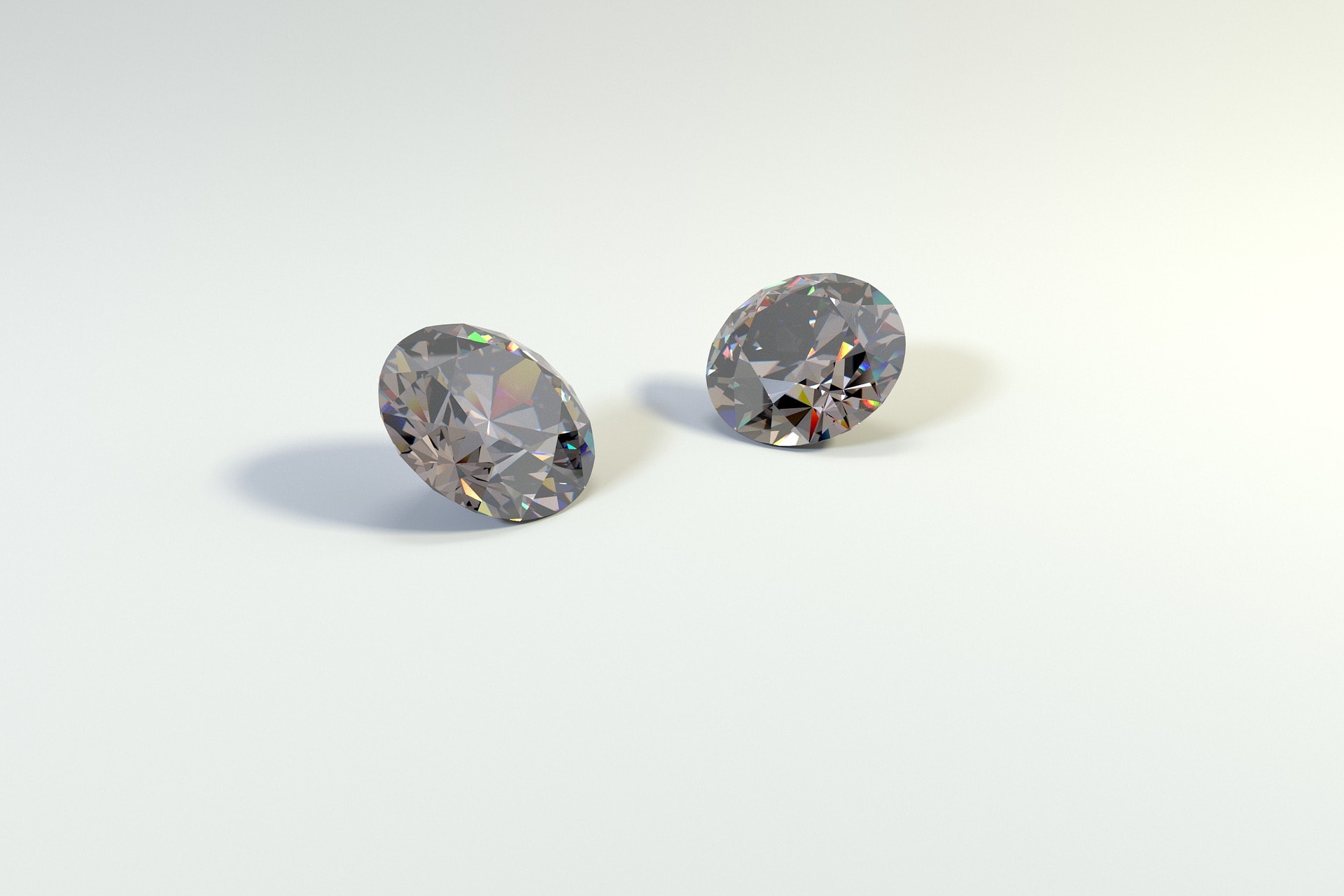
Table of Contents
Clarity enhanced diamonds cause some confusion for buyers . Some jewelers like to hype them up while others make it a point to never mention them as if doing so will tarnish their reputation. So, what are clarity enhanced diamonds and more importantly – should you consider buying one or avoid them altogether?
What Are Clarity Enhanced Diamonds?
Clarity enhanced diamonds are pretty much what they sound like – natural diamonds that have certain visible inclusions and imperfections which the cutter has tried to remove or mitigate in some manner.
It’s a relatively common misconception that clarity enhanced diamonds are fake – that’s not the case. All clarity enhanced diamonds are natural by definition – that’s why they have natural inclusions and imperfections that need fixing.
This, of course, brings the next question:
Do All Diamond Inclusions and Imperfections Need Fixing?
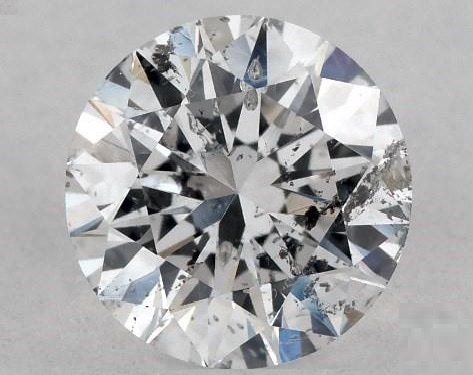
No, not at all. Almost all natural diamonds have some type of inclusion but most of them don’t need to go through clarity enhancement. This is because of several different reasons:
Most diamond flaws are either not visible to the naked eye or are insignificant even when they are. This means that “fixing” them is simply not worth it. A lot of the higher graded diamonds such as FL (Flawless) diamonds or VVS (Very Very Slightly Included) diamonds have inclusions but they are simply not visible or noticeable in any way.
At the end of the day, if a diamond’s inclusion doesn’t affect its clarity in any negative way, then enhancing the clarity by removing it is unnecessary.
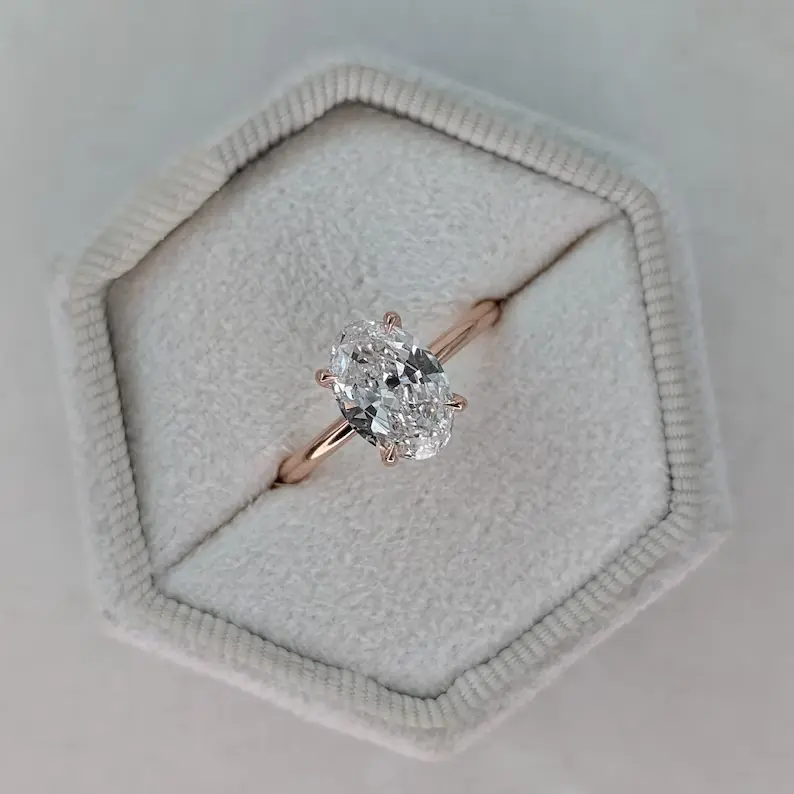
The process of diamond clarity enhancement tends to leave inclusions. Human technology has advanced quite a bit in the past centuries but we’re still not at a point when diamond cutters can just get rid of inclusions from a gemstone with a wave of their hand.
Diamond clarity enhancements are complicated, tricky to do, and they always leave a noticeable trace behind them. So, with many natural inclusions, it’s simply not worth it to try and remove them only to leave a man-made inclusion behind.
That’s why this process is only used for startlingly obvious and intolerable inclusions such as enormous colorful feather inclusions, colorful crystal or knot inclusions, and other similar flaws.
How Is Diamond Clarity Enhancement Performed?
So, what exactly does the process of clarity enhancement consist of and what are these noticeable traces it leaves behind? Diamond clarity enhancements are usually done in a couple of different ways.
1. Laser Drilling and Acid Chemical Cleaning
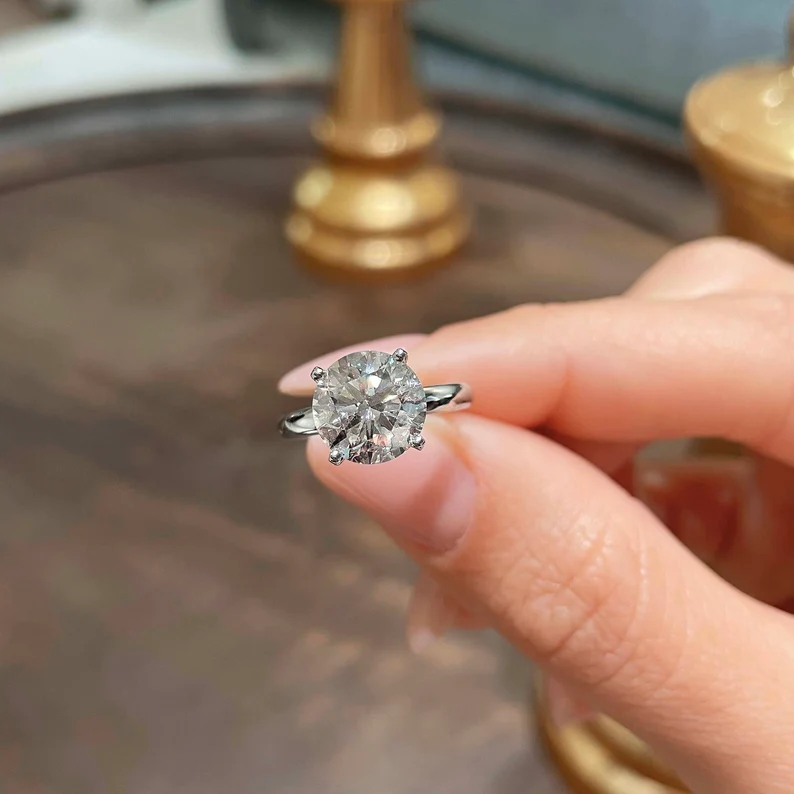
This process is the most commonly used way of removing severe internal inclusions such as dark crystals or large carbon inclusions. It’s done by drilling a straight thin tunnel into the surface of the diamond using a laser beam.
The tunnel is meant to reach the internal inclusion in the shortest possible way while also being itself as unnoticeable as possible. After that, through the tunnel, a strong acidic chemical is poured in to dissolve and bleach the inclusion. Depending on the exact type of the inclusion different chemicals can be used but the most common types are hydrofluoric acid (HF) and sulphuric acid (H2So4).
Once the drilling, cleansing, and bleaching have been done, the drill hole may or may not be filled with a glass-like crystal. A glass filling is usually beneficial for two reasons:
- It prevents dirt from getting into the hole and making it a clarity problem itself (even though it still happens)
- The glass-like crystals roughly resemble the structure of the diamond and makes the hole less noticeable.
2. Fracture Filling
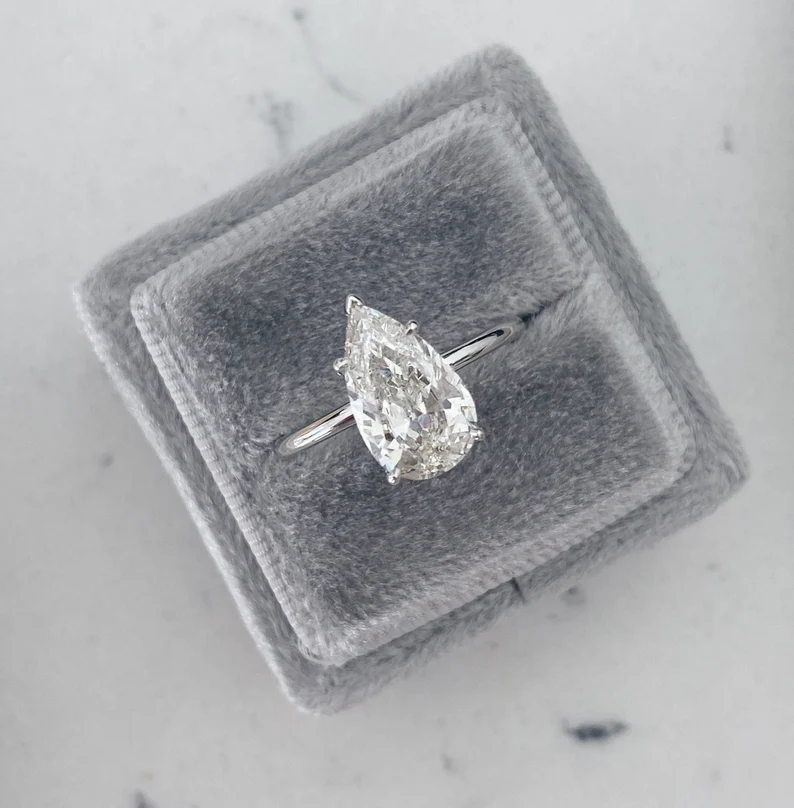
Fracture filling is the process of directly filling cavities, feathers, scratches or cracks with that same glass-like liquid so that they are less noticeable. After all, it’s better to have a crystal-filled inclusion in your diamond rather than an air-filled one.
These artificial liquids are designed to resemble the structure of a diamond as much as possible when they solidify in order to keep the clarity of the stone as high as possible. Unfortunately, no matter how closely they are made to look like diamond, they are not actual diamond. They don’t bend light the same way, they will affect the clarity of the stone, the difference between them and the rest of the diamond will always be noticeable, and worse of all – they age differently.
Over time, the presence of the artificial inclusion left from the fracture filling always becomes more and more noticeable, making diamonds that have gone through this type of clarity enhancement a very bad long-term investment.
What Are The Benefits Of Buying A Clarity Enhanced Diamond?
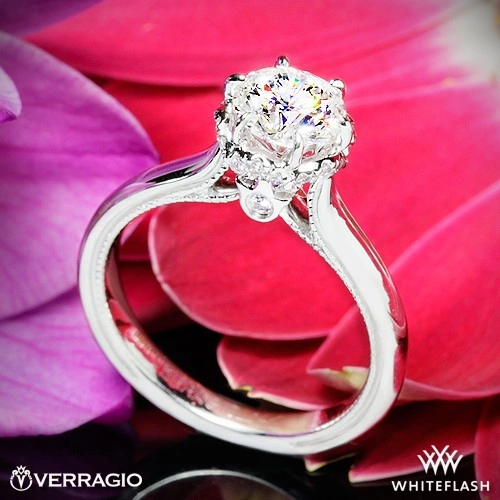
Simply put, the main benefit of clarity enhanced diamonds is that they don’t look as bad as they did before the enhancement. The thing to understand here is that clarity enhancements are only done to diamonds that look truly low in quality – I2 and I3 quality diamonds that most reputable jewelers don’t even sell to their customers.
For all other diamonds, clarity enhancements are simply not a good idea because they’d only replace an average bad looking natural inclusion with an average bad looking artificial inclusion at best.
So, if we are to look for any benefits in clarity enhancements, it’s that they make atrocious-looking diamonds seem somewhat passable. And hey, if you’re looking for an extraordinarily large diamond at an acceptable price and you don’t care much for its clarity and quality – getting a clarity enhanced I3 stone can be a good decision budget-wise. But then again, why would you?
Clarity Enhanced Diamonds – Why Avoid Them?
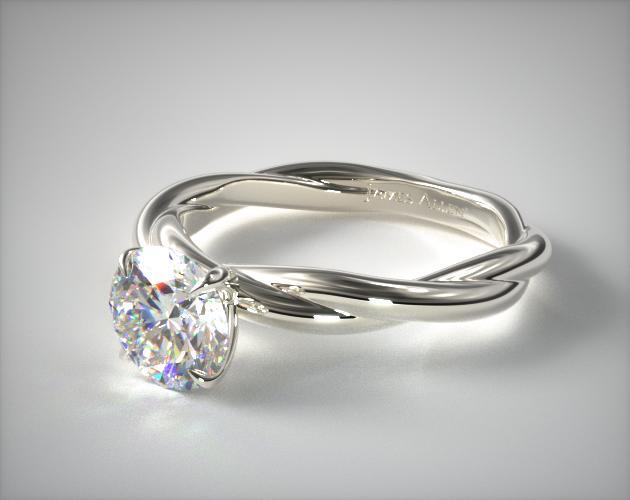
Simply put, the drawbacks of clarity enhanced diamonds are that:
- They don’t have that good clarity even after their treatments because the enhancement treatments themselves leave artificial inclusions in the stones.
- The diamonds pre-treatment are usually poor I2 and I3 stones that you wouldn’t want to buy regardless of their price. Diamonds of I1 and higher quality don’t typically go through clarity enhancement treatments because they don’t need them.
- Their structural integrity isn’t up to par. Due to all the laser drilling and artificial fillings, “enhanced” diamonds have a compromised structure. A single laser drill tunnel is usually not that big of a deal but if a stone has gone through several treatments (and I2 and I3 stones usually need them) then the diamond’s life is usually lowered by at least several decades even with good yearly care.
- There’s also the practice of fraudulent internal laser drilling – a process in which cutters intentionally make the laser drill holes curvy and winding to present them as “natural inclusions”. This is done to try and deceive the customer for a higher price tag while simultaneously compromising the structure of the stone even more.
- Clarity enhanced diamonds are usually overpriced for what they are. They are usually advertised as budget-friendly and are compared to high-quality VVS (Very Very Slightly Included) and VS (Very slightly) stones. And yes, compared to a VS diamond, enhanced diamonds are budget-friendlier but they are still not worth their price. A clarity enhanced diamond is usually priced similarly to an SI (Slightly included) diamond but it’s far from its quality – it’s still an I2 or I3 stone that’s just been treated a little.
Are Clarity Enhanced Diamonds Good For Engagement Rings?
No. We won’t even go into too much explanation here as it’s quite obvious. Just buy a good VS, SI or even a really good untreated I1 diamond for the same price but don’t buy a clarity enhanced diamond for an engagement ring. They typically don’t look good enough, they are overpriced, and they are not worth it.
Clarity Enhanced Diamond Alternatives
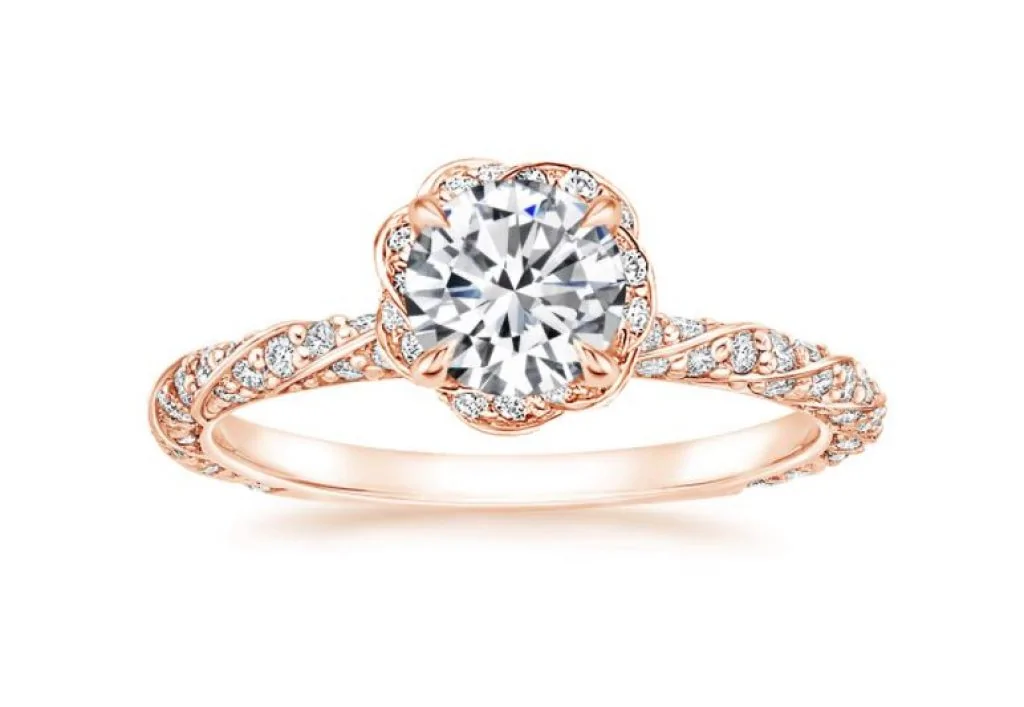
So, what are the alternatives to buying clarity enhanced diamonds if you are a budget shopper? There are many ways to shop for diamonds at a budget.
The easiest way is to spend a little bit of extra time to look for diamond that may have low clarity but still looks good nevertheless. Experts recommend examining the diamond itself instead of simply going by the clarity grading.
Another good way to lower the price of a diamond is to plan its jewelry setting in such a way so that you can hide its imperfections within it. And, of course, there are the actual lab-grown diamonds which have excellent clarity and are up to 80% or more less expensive than mined diamonds.
Wrapping Up
In short, we definitely wouldn’t recommend buying a clarity enhanced diamond in 99% of all conceivable situations, especially for engagement rings or as centerpieces in any type of jewelry.
If you absolutely need a large stone at a minimal price and don’t care much about its quality – then a clarity enhanced diamond may be worth considering. Otherwise, there are other good budget options out there.









